Opinion
A rural response to Gerald Stanley’s acquittal from a Saskatchewan farmer..

As a person who lives on a farm in rural sask. I can offer the following insights into rural realities. I only speak for myself and my family. I don’t claim to know what I would or wouldn’t do if I was in the Stanley’s situation, nor if I was in that vehicle with Colton. I hope I never have to find out. I don’t know what life is like on farms in other places, I can’t speak to that.
I can only offer what knowledge I have of rural life…
1. If you live on a farm you are responsible for everything yourself. Snow removal, garbage disposal, water, sewer, security and safety. If your house starts on fire it’s very unlikely that the FD will arrive in time to save it. If you have a heart attack it’s very unlikely that the EMTs will arrive in time to save you. And if your family is attacked it is very unlikely that the RCMP will arrive in time to save you. You are basically on your own. I don’t feel that to say that the Stanleys could have locked themselves in the house and called the police is very reasonable. They weren’t in the house, they were all over the yard. Maybe their door didn’t even lock. Had they been in the house already they may have just hid there like their neighbor did. We can’t know either way. And where I live the earliest RCMP response would be greater than 30 mins. A lot can happen in 30 mins.
2.Anyone who enters a farmer’s property with the intent to steal from or threaten the occupants should be aware of the likely presence of weapons. All of the farmers I know have guns. More than one. Some have many. They aren’t solely or primarily for protection from would be thieves or attackers. some people collect guns, some people enjoy target shooting or hunting. On a farm it is pretty much necessary to have a gun. Where we live there are coyotes, raccoons, cougars, wolves, wild boars etc. An aggressive or rabid animal can attack your family dogs or a beloved animal may be injured or sick and need your mercy. It’s just a rural reality. But a gun can kill people just as easily as animals so everyone should just be aware that on farms there are usually guns.
3. The reasons farmers are easy targets for crime are the very same reasons they are often forced to deal with it on their own. Essentially no effective police response and isolation.
I don’t live in an area with a lot of rural crime. We’ve been robbed before and neighbors have had vehicles stolen and equipment vandalized but I would not say it’s a regular occurrence. Regardless, I have fears. I fear that this far from town someone will get injured or have a heart attack so I have our land location written by the phone and I took CPR. I fear that a snowstorm will take out our power and block our roads so we have a genset and snow moving equipment. I fear that our sewer will back up so we have an alarm and an extra pump. And I fear that if someone came into my yard with the intent or ‘the perceived intent’ to hurt my family the police would be of no help. So we have dogs, and locks on all our doors. And guns. And when guns get involved people can get hurt or killed. My point is we have to take extra precautions for things that urban people are comfortable letting ‘the professionals’ handle. Most farmers, most men actually, will do what they feel is necessary to protect their families and deal with the consequences later. No one wants to be in that position but when you live on a farm you are. You can not depend on anyone else to protect you or save you.
When people are intoxicated their judgement is impaired and they do not act or react in a predictable way. And it is safe to say when people are scared their judgement is impaired and they do not act or react in a predictable way. It’s very unfortunate that this tragedy happened at all and I feel terribly sad for all involved.
Regan from Saskatchewan
Crime
Older man arrested at Kirk shooting admits to protecting real gunman

Quick Hit:
Chaos followed the assassination of Turning Point USA founder Charlie Kirk when police first arrested a 71-year-old man who confessed he was only trying to distract them from the real shooter.
Key Details:
- George Zinn, 71, was arrested after yelling, “I shot him, now shoot me!” but later admitted he was trying to mislead police.
- The real suspect, 22-year-old Tyler Robinson, was arrested Thursday night and identified publicly Friday morning.
- Zinn was charged with obstruction of justice, a second-degree felony, while Robinson faces charges as the alleged assassin.
Diving Deeper:
Charlie Kirk, one of the most prominent young leaders in the conservative movement, was assassinated in a brazen political attack that shocked supporters nationwide. Instead of immediately capturing the real suspect, police initially detained George Zinn, a man with a long history of causing disruptions at political events and protests.
Video of Zinn being handcuffed quickly spread, leading many to believe the threat had been neutralized. But Zinn’s arrest was a diversion — one that he admitted to orchestrating in order to shield the real shooter. He told police he wanted to “draw attention from the real shooter,” an action that delayed accountability and nearly allowed a dangerous criminal to evade justice longer.
Zinn’s background only adds to the picture. As the Salt Lake Tribune noted, he has a history of disrupting events — from political speeches to cultural gatherings like the Sundance Film Festival. His disruptive activism fits a pattern of left-wing agitators who thrive on chaos, and in this case, he played a role in protecting an assassin.
MAiD
Famous Canadian children’s author Robert Munsch says he plans to die by euthanasia

Illustration from Robert Munsch classic I Will Love You Forever
From LifeSiteNews
Children’s writer Robert Munsch, diagnosed with dementia, has decided to end his life through euthanasia and has been approved to receive the lethal injection.
Famous Canadian author Robert Munsch has announced that he plans to end his life through euthanasia after being diagnosed with dementia.
In a September 14 interview with the New York Times, 80-year-old Canadian writer Robert Munsch revealed that he has been granted permission to be euthanized as his mind begins to deteriorate due to dementia.
“I’ve had a good life,” he reflected. “I’ve told my stories. Now I want to decide how it ends.”
Munsch is beloved to Canadians for his more than 70 children’s books, including The Paper Bag Princess, Love You Forever, Thomas’ Snowsuit, and Angela’s Airplane.
He has also received a Juno Award, induction into the Order of Canada, a star in Canada’s Walk of Fame, and has two public schools in Ontario named after him.
In 2021, Munsch was diagnosed with dementia, leading him to lose the ability to perform tasks such as riding a bike and driving. Munsch lamented that he wonders if in a year he lose all his mental facilities and become a “turnip” – a denigrating reference to the disabled.
Munsch noted that he can feel his creativity slipping “further and further away.” He added that he plans to end his life “when I start having real trouble talking and communicating. Then I’ll know.”
Sadly, Munsch is hardly the only Canadian to believe that ending his life through euthanasia is the only solution to suffering. In a recent podcast interview, Cardinal Timothy Dolan revealed that euthanasia is not only the “cheapening of human life,” but also removes the power of redemptive suffering.
He revealed that while his mother suffered for a long time in the hospital, she valued her life and would not have ended it prematurely.
“God’s ways are not our ways,” he explained, noting that sometimes suffering can seem pointless but God always has a greater plan.
Similarly, Bishop Joseph Strickland explained that “True compassion does not eliminate suffering by eliminating the one who suffers. Rather, it means walking with the sick and dying and offering authentic palliative care, emotional support, and spiritual accompaniment. It is in these moments – when we are most vulnerable – that we must be reminded that our worth is not measured by our health, our productivity, or our independence, but by the fact that we are beloved children of God who are made in His image and likeness.”
The dangerous effects of a euthanasia culture are visible in Canada, where patients are waitlisted for health care but have ready access to euthanasia.
The most recent reports show that euthanasia is the sixth-highest cause of death in Canada. However, it was not listed as such in Statistics Canada’s top 10 leading causes of death from 2019 to 2022.
According to Health Canada, in 2022, 13,241 Canadians died by euthanasia lethal injections. This accounts for 4.1 percent of all deaths in the country for that year, a 31.2 percent increase from 2021.
-

 Artificial Intelligence2 days ago
Artificial Intelligence2 days agoWhat are data centers and why do they matter?
-
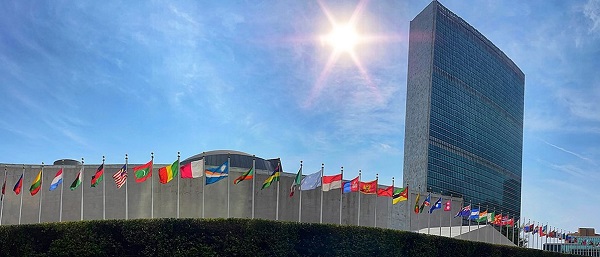
 Daily Caller2 days ago
Daily Caller2 days agoTrump Admin To Push UN Overhaul Of ‘Haphazard And Chaotic’ Refugee Policy
-
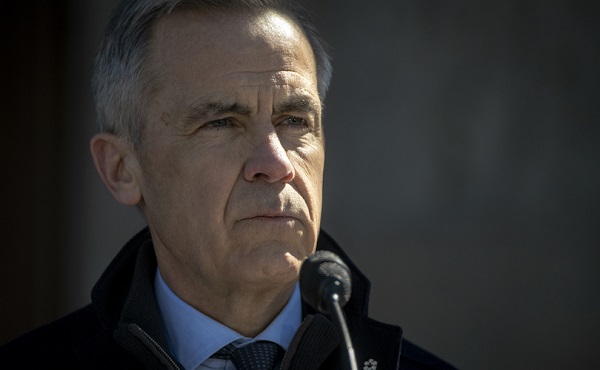
 Business1 day ago
Business1 day agoCarney’s Ethics Test: Opposition MP’s To Challenge Prime Minister’s Financial Ties to China
-

 Business2 days ago
Business2 days agoIt’s time to finally free the beer
-

 Business2 days ago
Business2 days agoCarney Admits Deficit Will Top $61.9 Billion, Unveils New Housing Bureaucracy
-
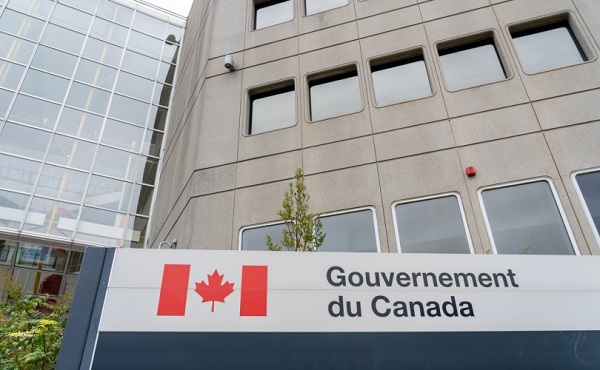
 Business1 day ago
Business1 day agoAttrition doesn’t go far enough, taxpayers need real cuts
-

 Business1 day ago
Business1 day agoCarney government’s housing GST rebate doesn’t go far enough
-

 Media1 day ago
Media1 day agoCancel culture wins ultimate victory as murder of Charlie Kirk ghoulishly celebrated by radical Left, media included


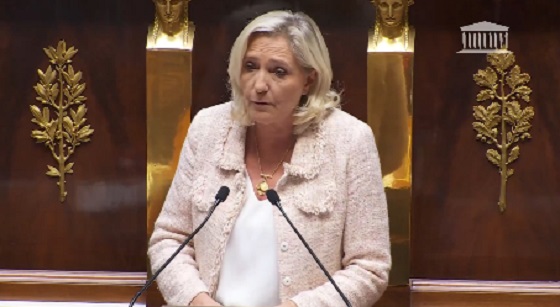

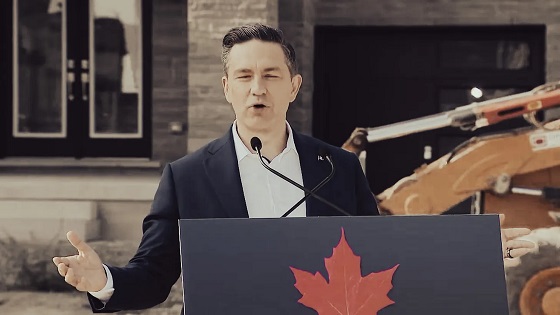
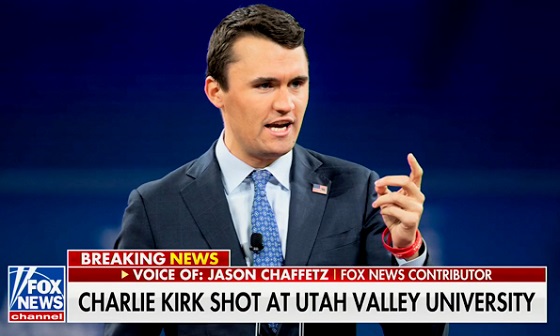

You must be logged in to post a comment Login